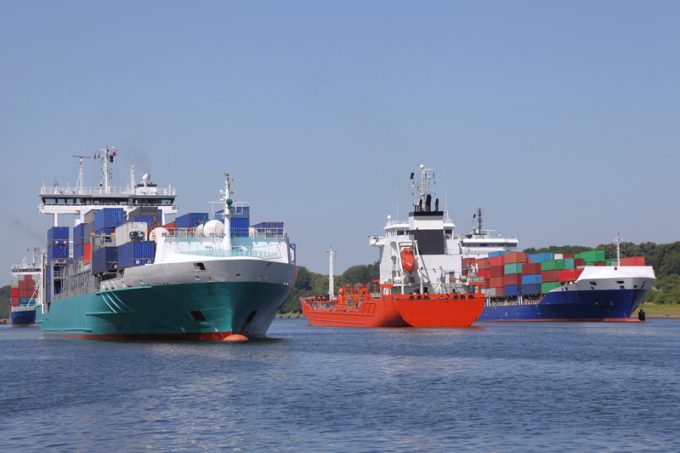Top forwarders all set for cash flow boost as earnings sag
When being flush is bad

DSV has taken the “extraordinary” step of chartering its own vessels to beat the China-Europe capacity crunch.
Amid one of the worst-ever capacity and equipment shortages in container shipping, the forwarder has chartered three multipurpose vessels for a direct sailing from Shanghai to the Danish port of Aarhus later this month.
A DSV spokesman told The Loadstar: “For now, this is only for one trip with each of the three 700-1,200 teu vessels. It is an offer for multiple customers and includes all ...
Asia-USEC shippers to lose 42% capacity in a surge of blanked sailings
USTR fees will lead to 'complete destabilisation' of container shipping alliances
Outlook for container shipping 'more uncertain now than at the onset of Covid'
New USTR port fees threaten shipping and global supply chains, says Cosco
Transpac container service closures mount
DHL Express suspends non-de minimis B2C parcels to US consumers
Zim ordered to pay Samsung $3.7m for 'wrongful' D&D charges
Flexport lawsuit an 'undifferentiated mass of gibberish', claims Freightmate
Uncertainty over US tariffs sparks interest in bonded warehouses for imports
Cancelled voyages take the sting out of spot rate declines this week
Shippers warned: don't under-value US exports to avoid tariffs – 'CBP will catch you'
Blanked sailings in response to falling demand 'just a stop-gap solution'


Comment on this article